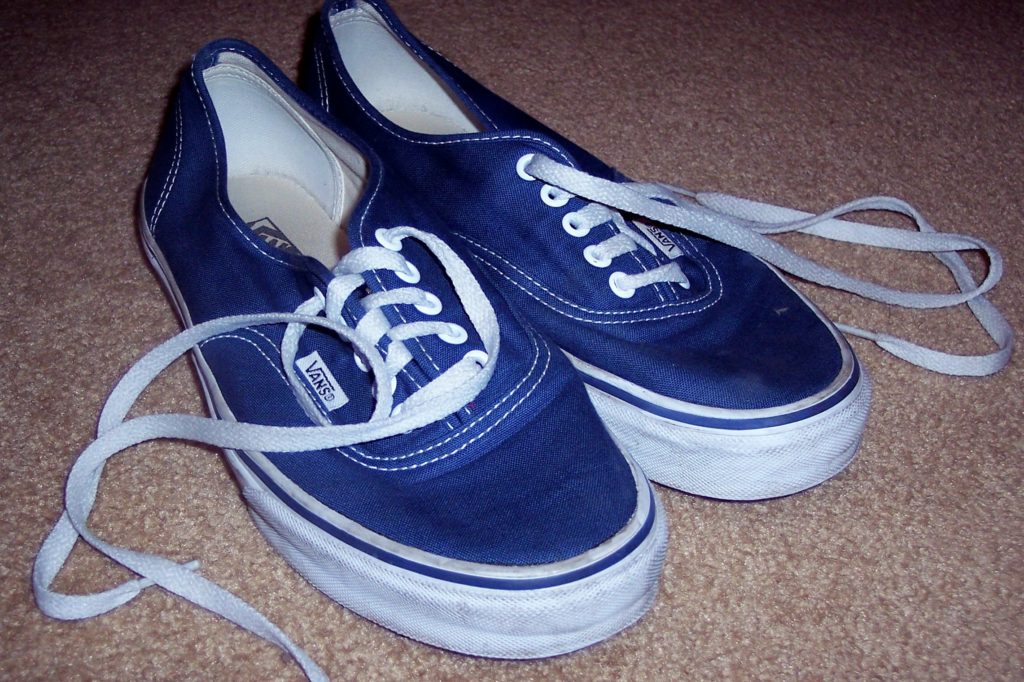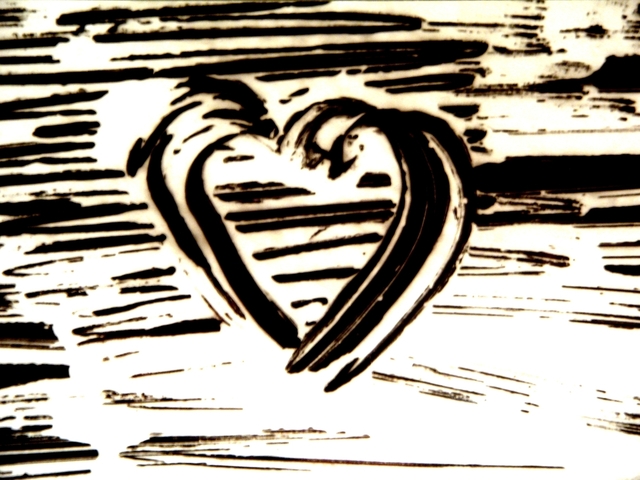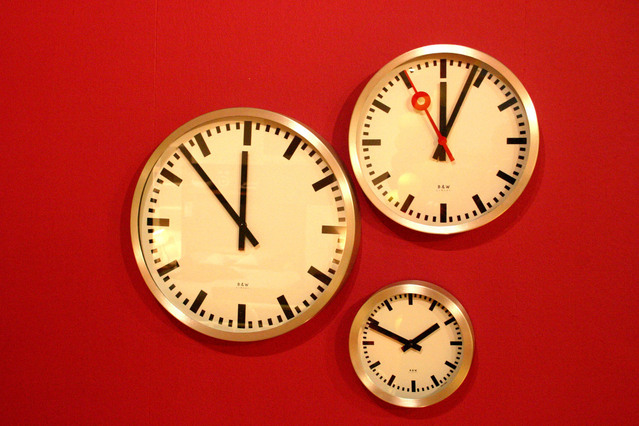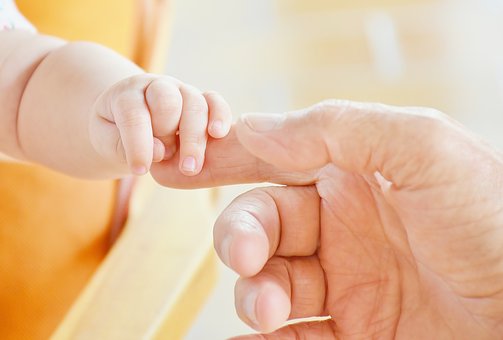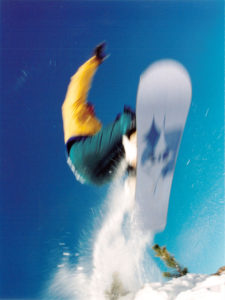
You have to take the jump faster than you feel comfortable with.
– my younger sister, Macrina
Four years ago, two days after my 35th birthday, my sister and brother-in-law took me snowboarding as their gift to me. At the time, I had snowboarded off and on for fifteen seasons, and they had skied for at least that long, if not longer. We all felt comfortable at our intermediate-to-advanced skill levels. As I recall, my sister had started doing some small jumps the previous season, and she wanted to practice a bit that day. I thought, Wow, I’ve been snowboarding a long time and I’ve never tried jumping. “I think I’ll try, too,” I said. I followed my younger sister down a few side runs and did some practice ollies, catching a little air off some bumps and landing solidly. It felt so exhilarating! There didn’t seem to be anything to it.
Then we decided to try the real jump in the terrain park. We stood about a hundred feet behind the ramp, watching the person before us approach, jump, and land. It looked easy enough. It looked fun. I was game. My brother-in-law went next, executing a smooth take-off and solid landing. Macrina readied herself, and then she gave me her little tip about needing to go faster than I felt comfortable with. She took the jump the same as her husband, and then waited off to the side with him.
I can do this, I thought. I jumped out of an airplane and landed that jump just fine, so I can do this one.
I readied myself and took off, keeping my eye on the ramp. I was certainly going faster than I felt comfortable with. In fact, as I quickly approached the base of the ramp, I realized that I was going faster than anyone would feel comfortable with. I suddenly knew that there was no way I could land this jump. That if I tried to land it, I would probably end up breaking both of my wrists, and do some severe ankle and knee damage while I was at it. In that instant, I remembered that people in accidents usually fare better if they relax their bodies rather than tensing up. I knew that my entire body would be ultra tense if I tried to land the jump. So, I made a split-second decision to pass out. As I hit the ramp and literally launched myself into the air, I willed myself to lose consciousness – right at that second. And that’s all I remember of the jump.
My sister and brother-in-law later told me that I even looked unconscious as I flew horizontally with my board in front of me, about ten feet up and forty feet across. I landed on my right shoulder, but I didn’t feel it. Thank God I was wearing my helmet, because I’m sure my head hit the ground just as hard. The first thing I remember as I was coming to was my brother-in-law leaning over me saying, “Did you get the wind knocked out of you?” I opened my eyes then, not remembering the jump and wondering what I was doing lying on my back in the snow. Moments later, as the Ski Patrol arrived, it started coming back to me. They asked me my name and my age, and I said the wrong age.
I ended up being snowmobiled out on a stretcher, as the Ski Patrol, who called a week later to check on me, were certain that I had broken my collar bone. I could not move my right arm at all. My sister and brother in law loaded me into the car and drove to the hospital for x-rays. My shoulder and chest were purple, and they would turn blue, green, and yellow as the weeks went on. I would later learn that my shoulder was separated in two places, but I did not break my collar bone. I was bruised and sprained in several areas and would need three months of physical therapy, but I did not break a single bone in my body.
For the first two weeks I was in constant pain and on Vicodin, but not enough to really dull the pain because I still had to drive and work, take care of kids, and pilot this life of mine. That’s what I feel like sometimes. Like I own an airline and not only am I the pilot but also the flight attendant, mechanic, customer service, ground crew, and the engineer. With my right arm in a sling, Neil learned to scrape ice off the windshield in the mornings, Adam learned how to work the microwave, and I learned to do a lot with my left arm. We managed. The bruising on my right shoulder and other areas of my body was like nothing I’ve ever seen before. Because I was going so fast, I think that it must have been a bit like being thrown from a vehicle, except I had a helmet on. So even though I did something stupid, something I had no business doing, at least I was wearing my helmet. I cried the first night, alone in my bed, in pain, angry at myself, not wanting to think about how bad it would have been if, instead of my shoulder, I had landed six inches to my left, on my neck. The helmet would not have helped.
So, after three months of physical therapy and three years of not being able to sleep on my right side, my shoulder has healed. I even went snowboarding again the next season! But I avoided the jumps, happy to just cruise around and carve my way down. Fortunately, my birthdays since have been much less eventful. And forgetting my age? That probably wasn’t the last time. In fact, I’m sure there will be plenty more opportunities for that in the future. But today, I’m definitely 39. 39 and feelin’ fine.
Image credit: Jeff Osborn
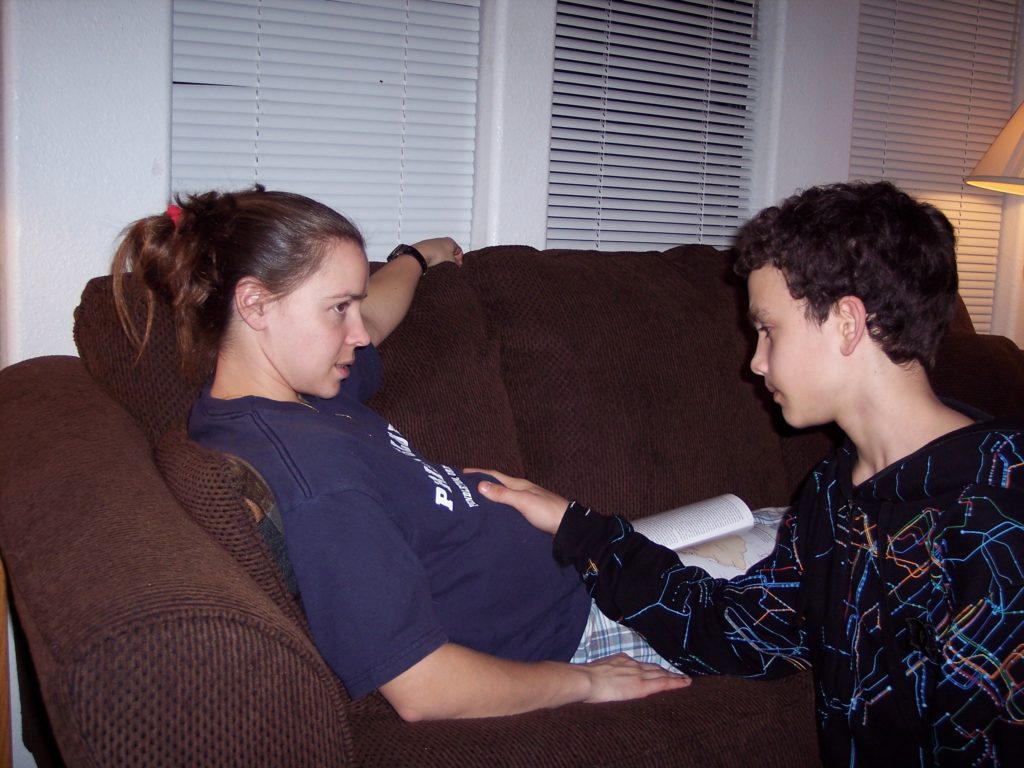
 Some of you might remember this photo from a year ago, when Nigel first said hello to his new cousin as he somersaulted in utero.
Some of you might remember this photo from a year ago, when Nigel first said hello to his new cousin as he somersaulted in utero.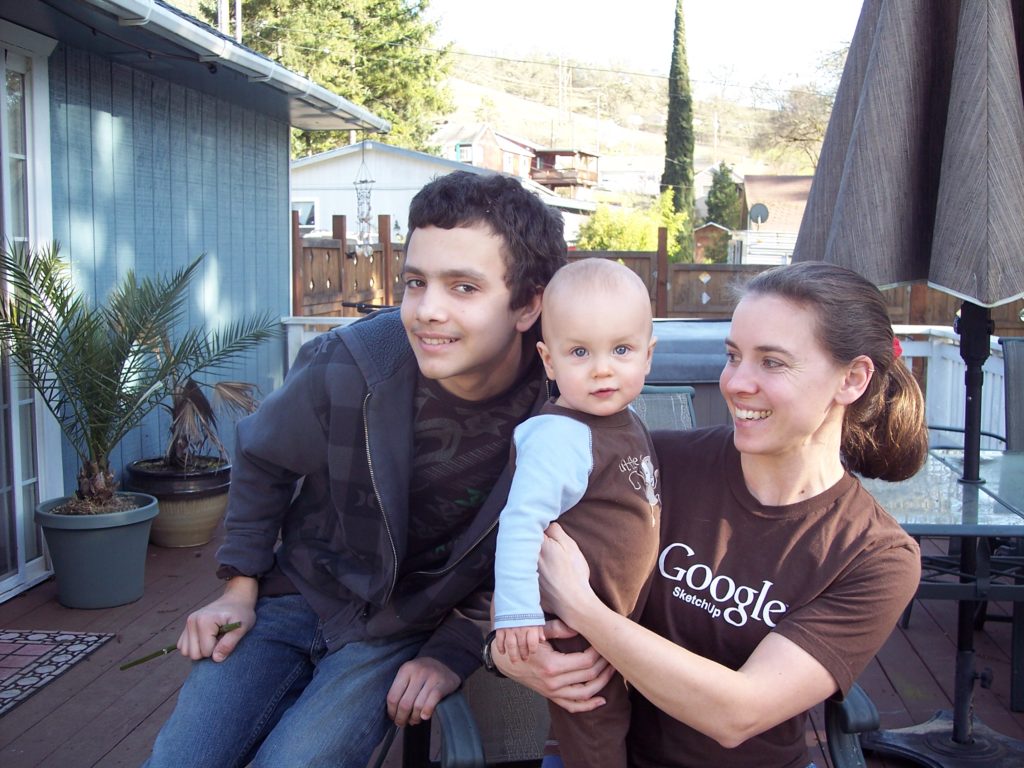
 And here they are a year later! Nolan is just about ready to take off walking, and he and Nigel had fun laughing together in the back seat of the car this weekend, making silly noises. “He’s kind of humorous now,” Nigel said. “But he’s still a little drooly.”
And here they are a year later! Nolan is just about ready to take off walking, and he and Nigel had fun laughing together in the back seat of the car this weekend, making silly noises. “He’s kind of humorous now,” Nigel said. “But he’s still a little drooly.”




